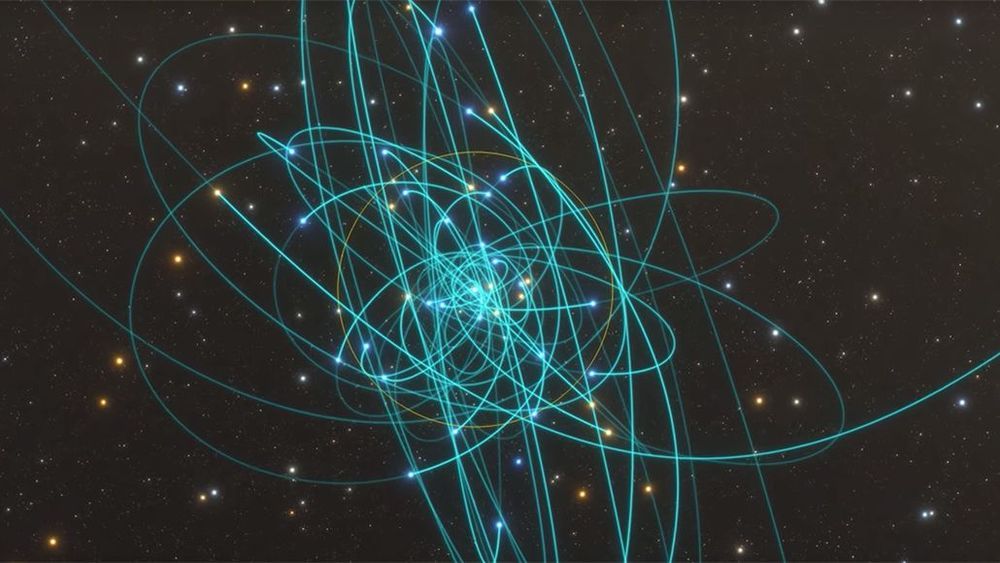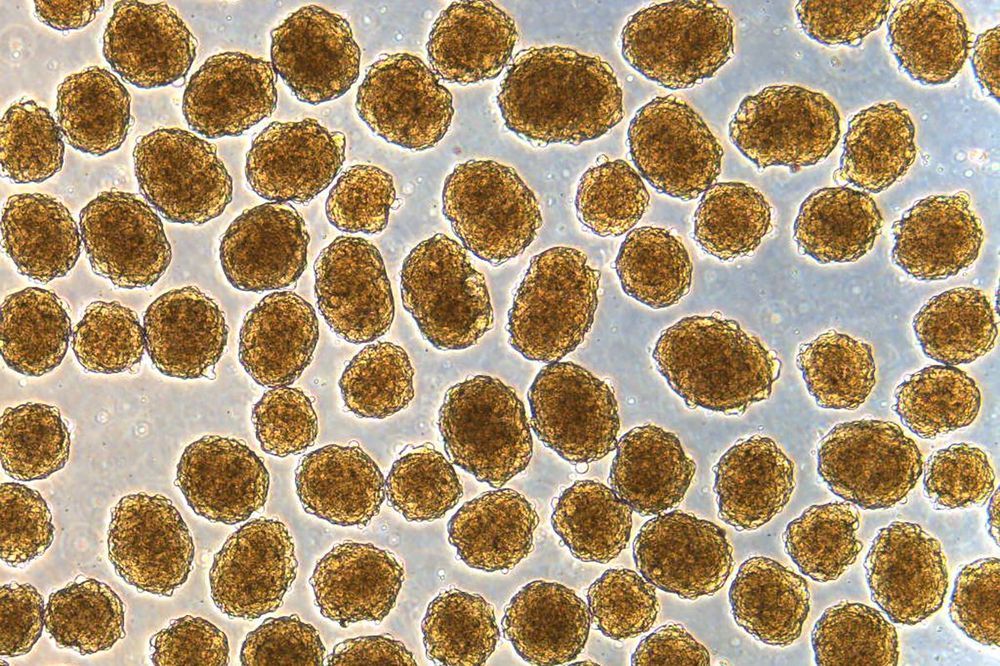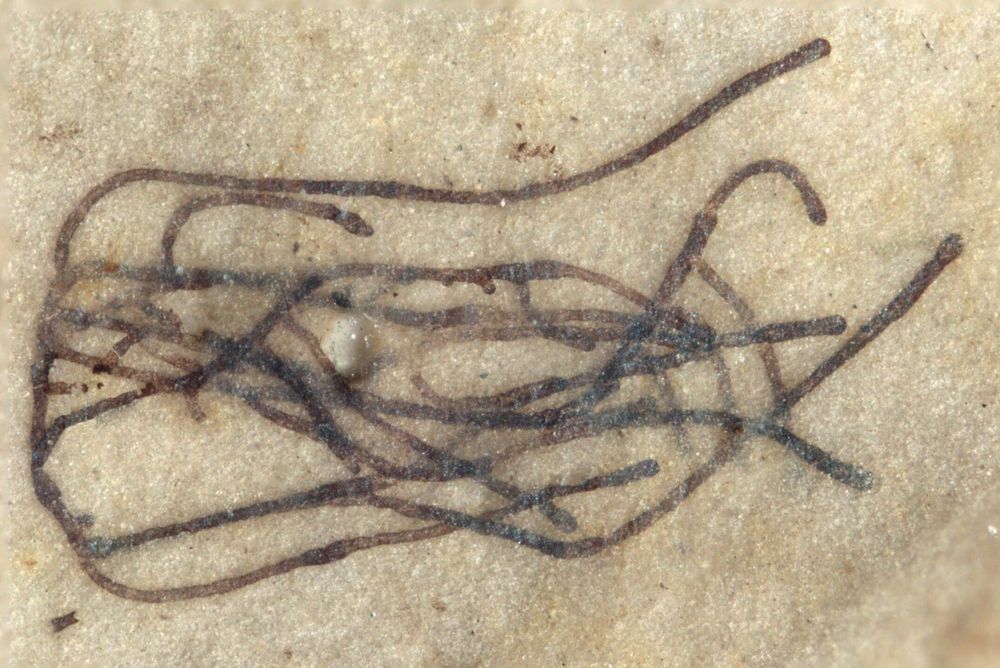A number that sets the strength of electromagnetic interactions isn’t altered by the extreme gravity around the Milky Way’s supermassive black hole.
An oral medication created by growing a desired protein in plant leaves could help patients with fractures and broken bones heal more quickly, according to researchers at the University of Pennsylvania.
This Indian-origin superbug has spread through hospitals and communities in Asia, Australia and Europe.
The Outer Worlds guide
Posted in entertainment
Learn about what science weapons are, how they work, and why they’re the most useful weapons in the game.
French health officials declared an end to the country’s COVID-19 outbreak on Monday.
France had confirmed 12 cases of the coronavirus since it first reached the country on January 24. Unfortunately, one of those patients died from their infection. But the French-language news outlet Le Parisien reports that the remaining 11 have all made complete recoveries — meaning there are no longer any COVID-19 cases in any French hospital.
There are “no longer any hospitalized patients in France,” said Health Minister Olivier Véran, in French. “The last one is cured and is no longer contagious.”
Because the concept of smart cities is still very new, with rare finalized and implemented projects, the topic is still unclear. Although big titles and strategies are well defined, the on-ground application is still uncertain, giving us the opportunity to question its planning process. In fact, how can we go wrong when designing smart cities? What key element are we failing to address in the planning phase?
The answer is quite simple. While a lot of city leaders try to skip crucial planning phases to buy time and save money, they often tend to do so by reducing community involvement. Gathering data and implicating every citizen in order to expose the glitches and the needs of society is usually an extensive process. In fact, they would rather adopt basic technologies and generic master plans, than questioning the problems faced by citizens and generating a solution-based design. Governmental officials would prioritize tech over people and not the other way around. Evolving into common practice, many bureaucrats praise a bottom-up approach, but wouldn’t reach out to the less fortunate and the most marginalized part of the society.
How to Future-Proof Our Cities? 4 Key Initiatives to Increase Resilience.
A genomic analysis of the creepy parasite H. salminicola reveals that the creature has no mitochondrial DNA and no way to breathe — two animal firsts.
Diabetes is characterized by trouble producing or managing insulin, and one emerging treatment involves converting stem cells into beta cells that secrete the hormone. Now, scientists have developed a more efficient method of doing just that, and found that implanting these cells in diabetic mice functionally cured them of the disease.
The study builds on past research by the same team, led by Jeffrey Millman at Washington University. The researchers have previously shown that infusing mice with these cells works to treat diabetes, but the new work has had even more impressive results.
“These mice had very severe diabetes with blood sugar readings of more than 500 milligrams per deciliter of blood — levels that could be fatal for a person — and when we gave the mice the insulin-secreting cells, within two weeks their blood glucose levels had returned to normal and stayed that way for many months,” says Millman.
Virginia Tech paleontologists have made a remarkable discovery in China: 1 billion-year-old micro-fossils of green seaweeds that could be related to the ancestor of the earliest land plants and trees that first developed 450 million years ago.
The micro–fossil seaweeds—a form of algae known as Proterocladus antiquus—are barely visible to the naked eyed at 2 millimeters in length, or roughly the size of a typical flea. Professor Shuhai Xiao said the fossils are the oldest green seaweeds ever found. They were imprinted in rock taken from an area of dry land—formerly ocean—near the city of Dalian in the Liaoning Province of northern China. Previously, the earliest convincing fossil record of green seaweeds were found in rock dated at roughly 800 million years old.
The findings—led by Xiao and Qing Tang, a post-doctoral researcher, both in the Department of Geosciences, part of the Virginia Tech College of Science—are featured in the latest issue of Nature Ecology & Evolution (link not active until embargo lifts). “These new fossils suggest that green seaweeds were important players in the ocean long before their land-plant descendants moved and took control of dry land,” Xiao said.
A new study of the genetic history of Sardinia, a Mediterranean island off the western coast of Italy, tells how genetic ancestry on the island was relatively stable through the end of the Bronze Age, even as mainland Europe saw new ancestries arrive. The study further details how the island’s genetic ancestry became more diverse and interconnected with the Mediterranean starting in the Iron Age, as Phoenician, Punic, and eventually Roman peoples began arriving to the island.
The research, published in Nature Communications, analyzed genome-wide DNA data for 70 individuals from more than 20 Sardinian archaeological sites spanning roughly 6,000 years from the Middle Neolithic through the Medieval period. No previous study has used genome-wide DNA extracted from ancient remains to look at the population history of Sardinia.
“Geneticists have been studying the people of Sardinia for a long time, but we haven’t known much about their past,” said the senior author John Novembre, Ph.D., a leading computational biologist at the Univeristy of Chicago who studies genetic diversity in natural populations. “There have been clues that Sardinia has a particularly interesting genetic history, and understanding this history could also have relevance to larger questions about the peopling of the Mediterranean.”









